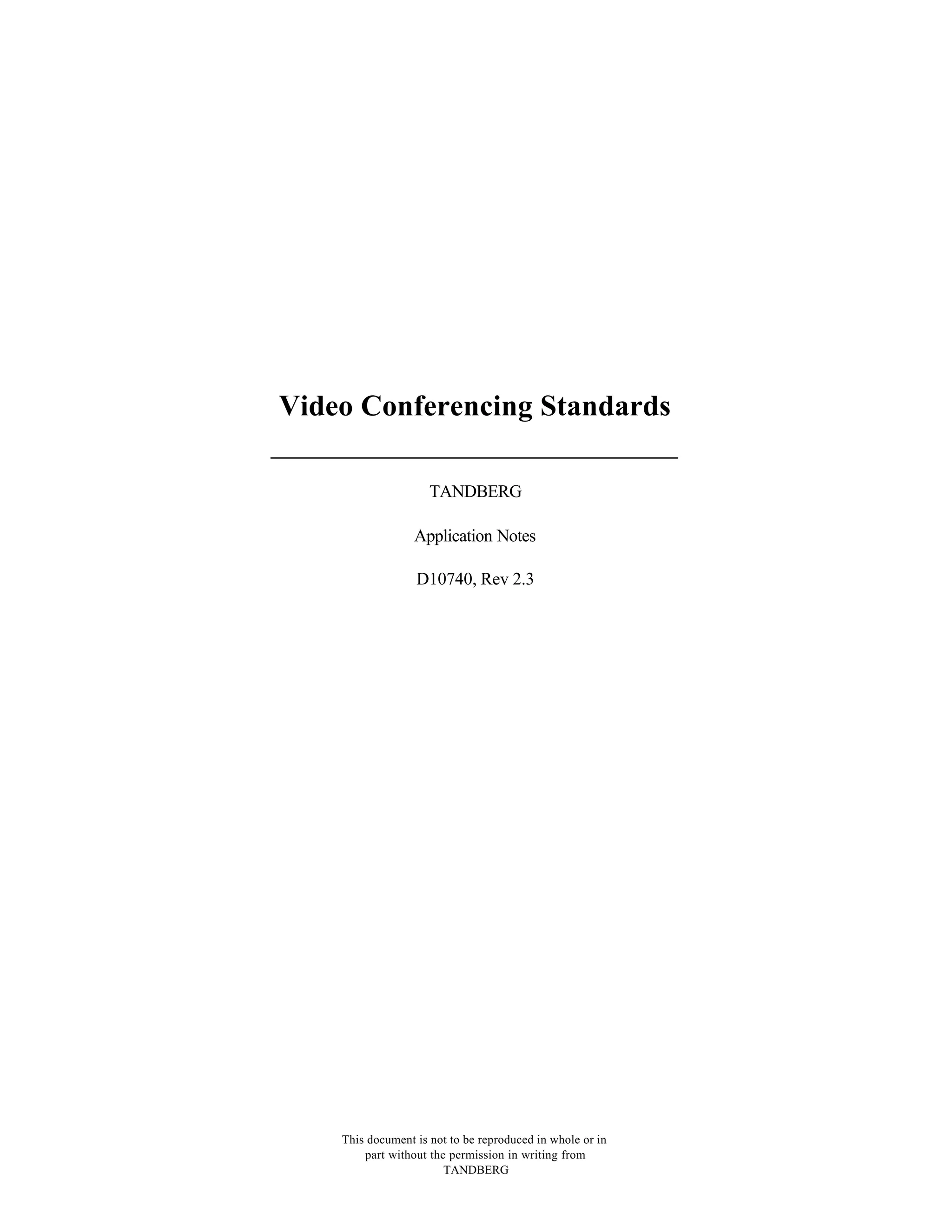The document discusses videoconferencing standards defined by the ITU, including H.323, H.320, audio standards like G.711, video standards like H.261 and H.263, communication standards, and T.120 for data collaboration. It provides an overview of key standards, their components and functions, such as terminals, gatekeepers, and gateways in H.323. Interoperability between devices is enabled by standards for areas like frame structure, synchronization, control signaling, and encryption.











